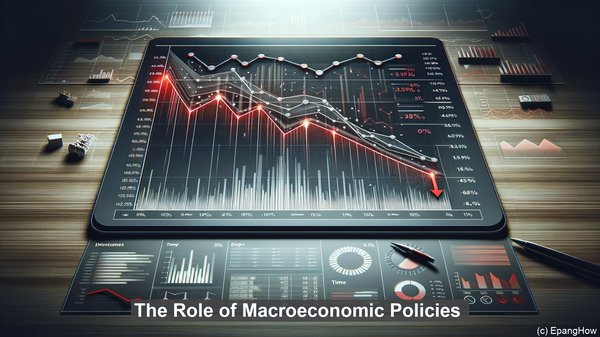Introduction: The Macro Perspective
Hello everyone! Welcome to today’s article where we delve into the world of macroeconomics. In particular, we’ll be focusing on the concepts of long-run and short-run aggregate supply. These two components play a crucial role in understanding the dynamics of an economy, its stability, and the policies that shape it. So, let’s get started!

Defining Aggregate Supply
Before we dive into the differences, let’s establish a common ground. Aggregate supply refers to the total production of goods and services in an economy over a given period. It represents the combined output of all firms and industries. Now, let’s explore how it differs in the long-run and short-run.
Long-Run Aggregate Supply: The Stable Horizon
Long-run aggregate supply, often abbreviated as LRAS, represents the level of production an economy can sustain in the long-term when all resources are fully utilized. It is not influenced by temporary factors like price changes or demand fluctuations. Instead, it is determined by the economy’s productive capacity, which includes factors like labor force, capital stock, and technological advancements. In essence, LRAS depicts the economy’s potential output when it is in a state of equilibrium.

Short-Run Aggregate Supply: The Flexible Realm
On the other hand, short-run aggregate supply, or SRAS, reflects the production level in the immediate or short-term. Unlike LRAS, SRAS is influenced by temporary factors. One of the key factors is the price level. When prices rise, firms are motivated to increase production, resulting in a higher SRAS. Conversely, a decrease in prices may lead to a contraction in SRAS. Other factors like changes in input costs, such as wages or raw material prices, can also impact SRAS. In essence, SRAS is more flexible and responsive to changes in the economy’s immediate conditions.
The Phillips Curve Connection
Understanding the relationship between LRAS and SRAS is crucial for policymakers. It ties into the famous Phillips curve, which depicts the inverse relationship between unemployment and inflation. In the short-run, when SRAS is high, it leads to increased production and employment, but it also brings the risk of inflation. On the other hand, in the long-run, the economy tends to gravitate towards its natural rate of unemployment, and the focus shifts to maintaining price stability. This delicate balancing act is at the core of macroeconomic policymaking.
The Role of Macroeconomic Policies
Macroeconomic policies, such as fiscal and monetary measures, are designed to influence both LRAS and SRAS. For instance, during a recession, when SRAS is low, policymakers may implement expansionary measures to stimulate demand and production. In the long-run, policies that promote investments in human capital, infrastructure, and innovation can enhance LRAS. It’s a continuous interplay between short-term stabilization and long-term growth objectives.
